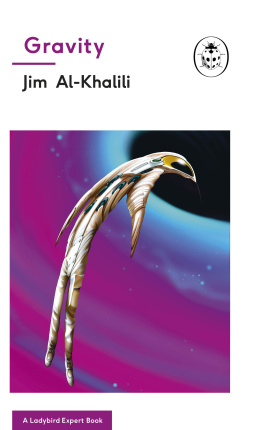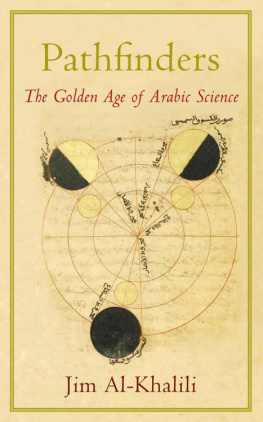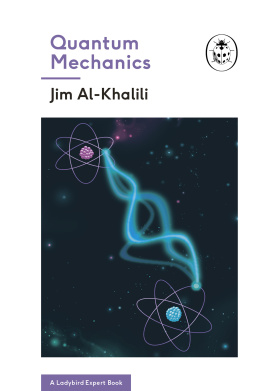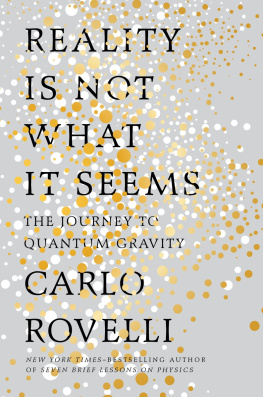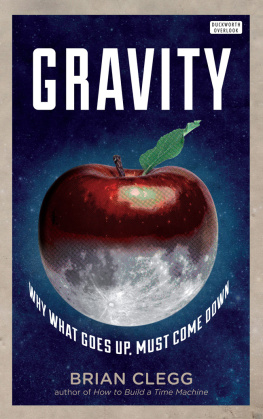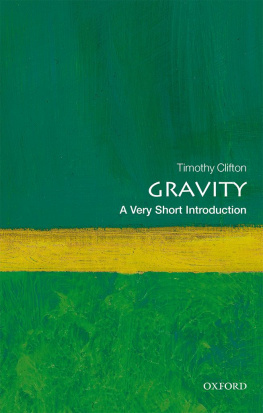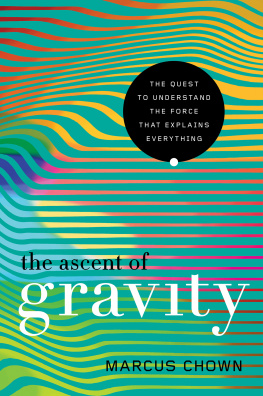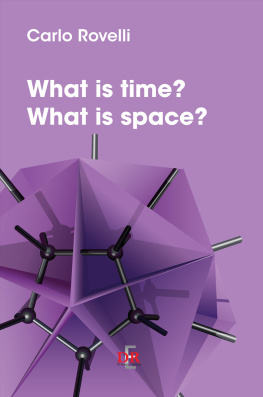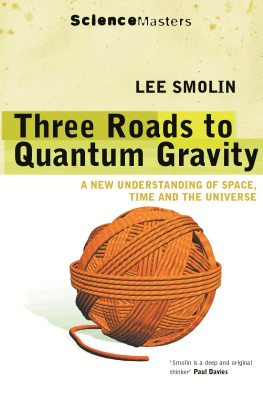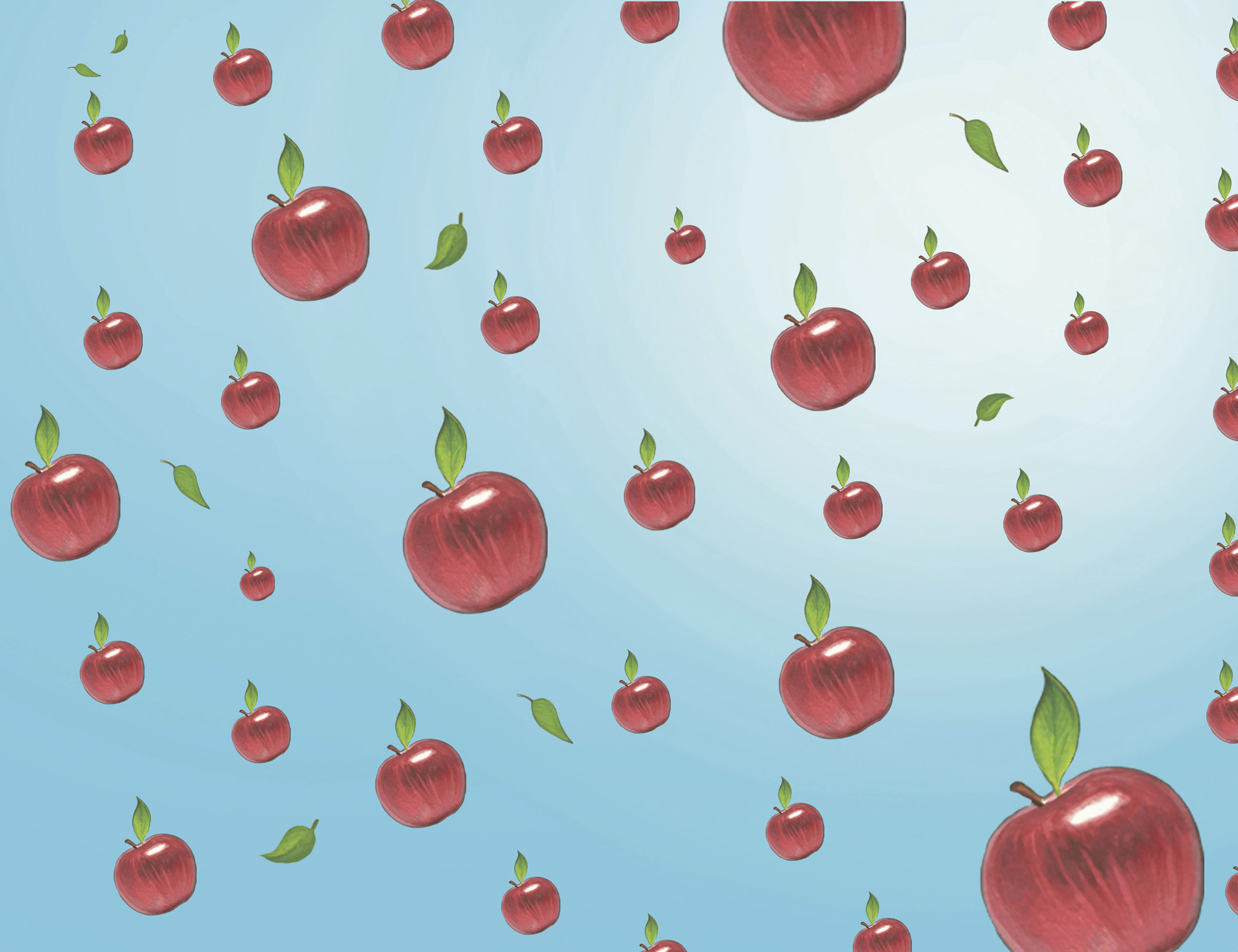

Series 117
This is a Ladybird Expert book, one of a series of titles for an adult readership. Written by some of the leading lights and outstanding communicators in their fields and published by one of the most trusted and well-loved names in books, the Ladybird Expert series provides clear, accessible and authoritative introductions, informed by expert opinion, to key subjects drawn from science, history and culture.
The Publisher would like to thank the following for the illustrative references for this book: Kip Thorne: Keenan Pepper via Wikipedia; Rainer Weiss: Ismael Olea via Wikipedia
Every effort has been made to ensure images are correctly attributed, however if any omission or error has been made please notify the Publisher for correction in future editions.
Jim Al-Khalili
GRAVITY
with illustrations by
Jeff Cummins

What goes up must come down
Our experience of gravity or at least the Earths gravitational pull is as familiar to us as breathing. After all, we learn to cope with it before we can even talk. Every young child develops the skill and muscular strength to counter the pull of the Earth on his or her body, by first learning to sit up, then crawl, then stand up and walk. When you think about it, even the fundamental notions of up and down make sense only because of the direction of pull of Earths gravity.
It is therefore not surprising that this was the first of the fundamental forces of nature that scholars attempted to explain, and we have come a very long way over the past few millennia. This book tells the story of the progress we have made in understanding what gravity is and in explaining how it fits into the laws of the Universe.
So, the first lesson is this: gravity is so much more than the simple adage what goes up must come down. Stuck to the surface of our planet, we experience it merely as a force pulling us down to the ground, but we will discover that it is far richer than that not really a force at all but something altogether more profound. In fact, gravity controls the very shape of space and the passage of time and, as such, the history and destiny of the entire Universe.
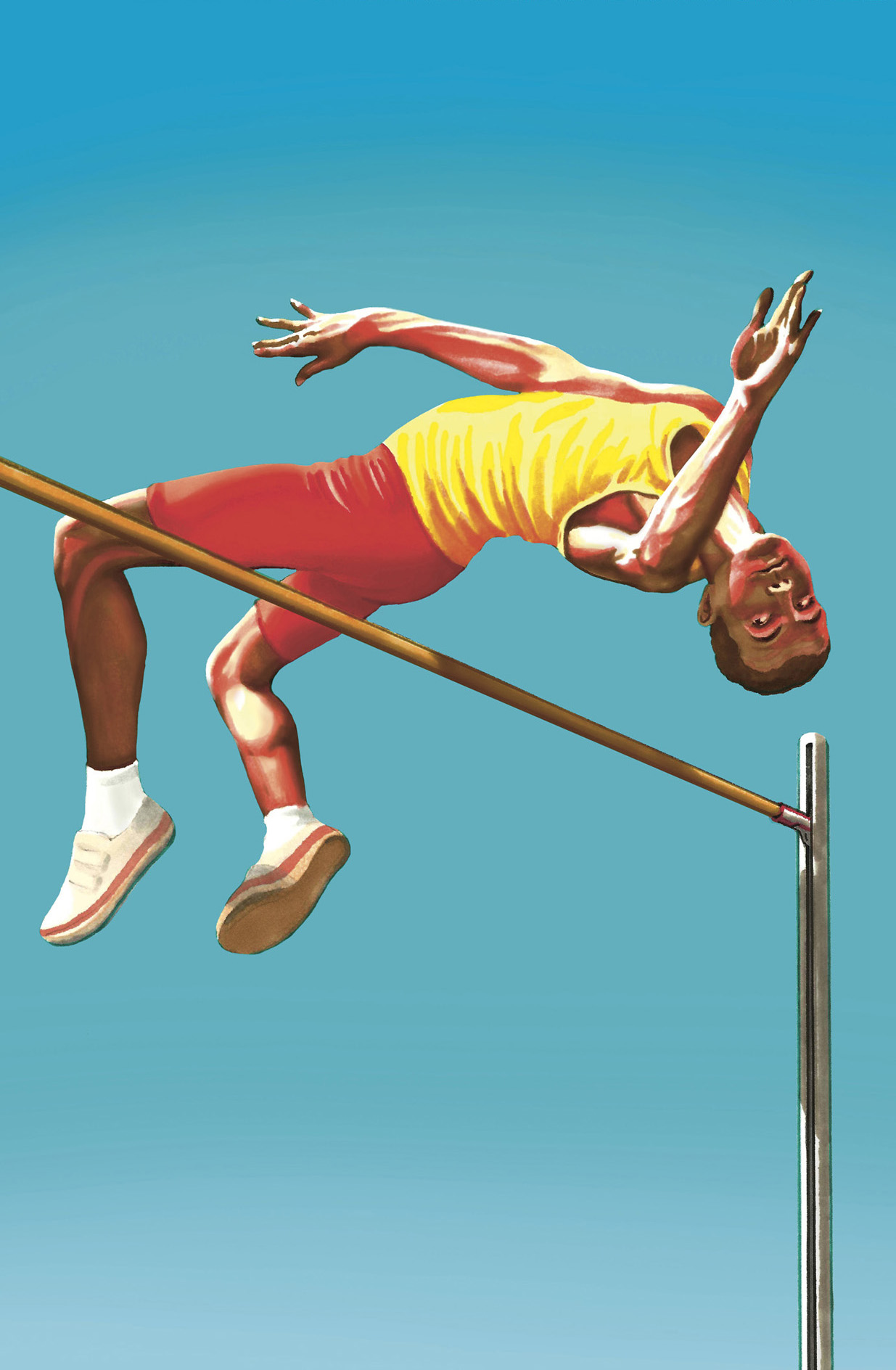
Aristotelian physics
Aristotle was without doubt the greatest scientific thinker of antiquity a man who had something to say about every aspect of the natural world. When it came to explaining why an object falls, he argued that it is because everything has a tendency to move towards its natural place. Of the four basic elements of which everything in the Universe was believed to be composed, the natural place for earth and water was down towards the centre of the world. Whereas the natural place for air, which is lighter, was thought to be above these two heavier elements, and fire, the fourth and lightest element, was above the air. By modern standards, of course, these ideas are not very scientific at all.
Medieval scholars in the Islamic world would improve on the Aristotelian picture. In ninth-century Baghdad, Muhammad ibn Musa was the first to suggest that celestial bodies such as the Moon and the planets were subject to the same laws of physics as on Earth which marked a clear break from the received opinion of his day. His book Astral Motion and the Force of Attraction shows clear signs that he had a crude qualitative notion not too far from Newtons law of gravitation that would be laid down over eight centuries later.
But such was the Greeks influence that it wasnt until the scientific revolution in Europe in the sixteenth century, brought about by the likes of Copernicus and Galileo, that Aristotles idea was finally rejected.
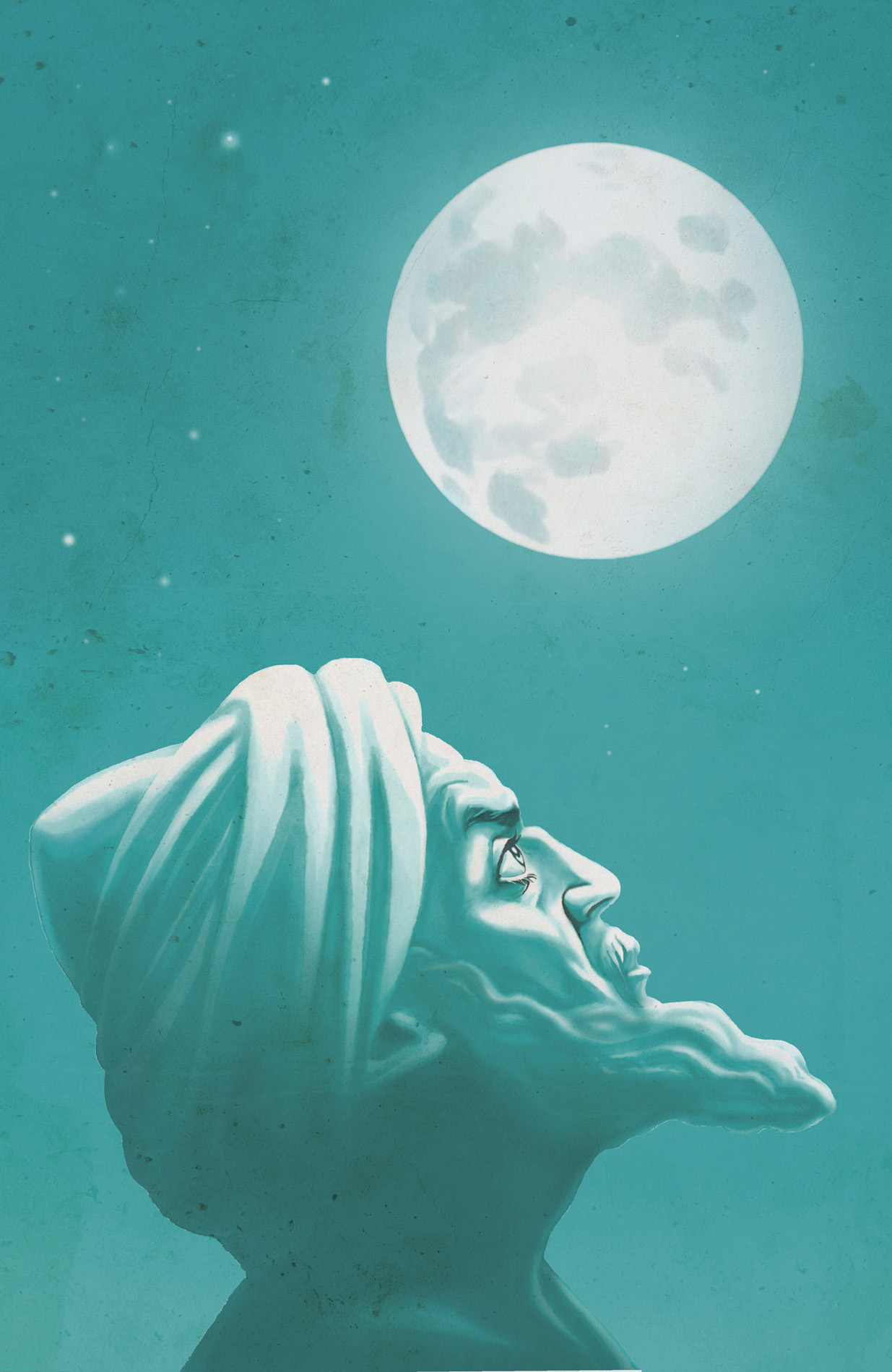
Galileo gravity as acceleration
It has been known since the ancient Greeks that objects pick up speed as they fall. Galileo (15641642) discovered a mathematical formula for this. From his famous experiments rolling balls down inclined planes and carefully recording the time they took, he concluded that the distance an object drops is proportional to the square of the time it has taken. If a ball rolling down a slope covers one metre in the first second, it will have covered four metres after two seconds, nine metres after three, and so on. He also discovered that this increase in speed (the acceleration) is the same whatever the composition of the object, therefore all bodies fall at the same rate.
Galileo proposed a clever argument to support his conclusion. Think of it this way: what if a heavy body (say, a lump of iron) and a light body (say, a piece of plastic) are stuck together? If the heavy body falls faster, then it should pull the lighter one down with it, so the piece of plastic would fall faster than if it were by itself. But the combined system of both objects is even heavier than the lump of iron alone, so wouldnt it fall even faster? This doesnt make sense: how can adding something that falls more slowly than the iron make it fall faster? The only logical conclusion is that all bodies fall at the same rate.
Of course, Galileo is only correct if we ignore friction and air resistance. A feather will fall more slowly than a stone. The Apollo astronaut David Scott famously demonstrated Galileos principle on the Moon in 1971 when he simultaneously dropped a hammer and a feather from each hand held at the same height. Because the Moon has no atmosphere, and hence no air resistance, the two hit the ground together.
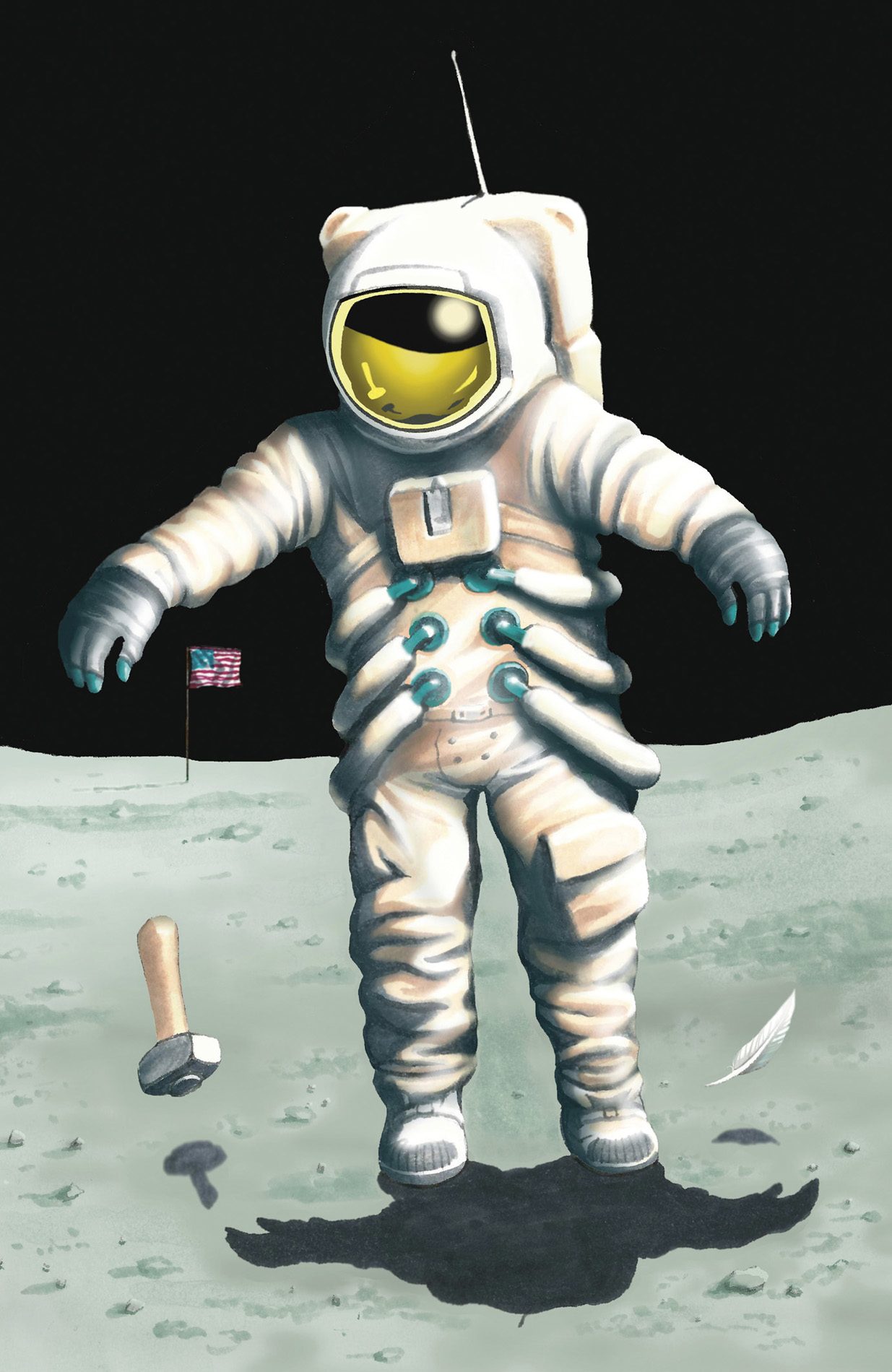
Gravity as a universal force
By Newtons own account, it was while contemplating a falling apple on his mothers farm that he came up with his famous universal law of gravitation. In doing so, he made the connection between objects falling to the ground and the motion of the Moon around the Earth. Attributing both to one and the same force was a stroke of genius. Until then it had generally been thought that entirely different laws of nature governed the behaviour of earthly objects like falling apples and heavenly bodies like the Moon.
Newtons law states that any two objects will be attracted together by an invisible force. Thus, the Earth and the apple are both being pulled towards each other, but the distance that the Earth moves towards the apple is so extremely tiny that it could never be detected.
You may wonder how it is that the same gravitational attraction that causes the apple to fall to the ground does not pull the Moon down to Earth too? In fact, the Moon is constantly falling towards the Earth but in a curve that forms a near-circular orbit around it so that it never manages to get any closer. The Moon is said to be in constant freefall around the Earth.
Note that Newtons law of gravity is known as a law because scientists were confident that it was the last word on the subject and so they elevated its status above that of a mere scientific theory. We now know that they were wrong.
Next page
